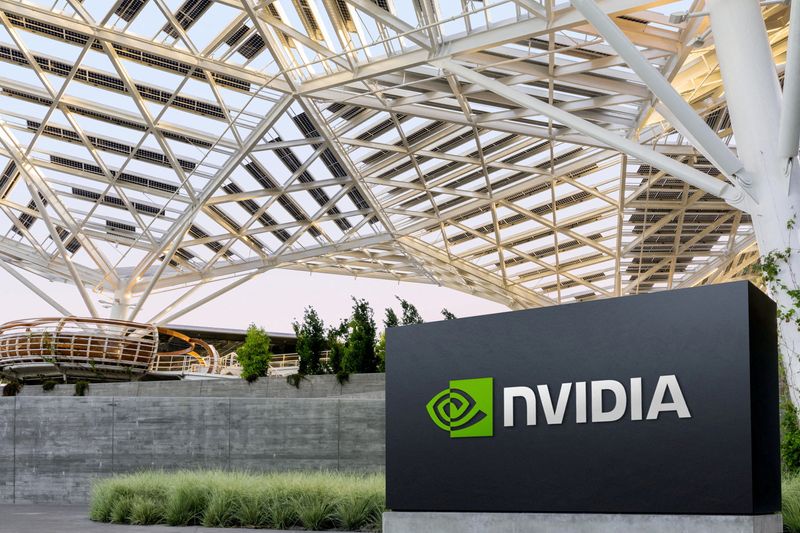Eos Energy stock falls after Fuzzy Panda issues short report
Investing.com -- Cantor Fitzgerald analysts pushed back against fears that the release of DeepSeek V3, a new large language model (LLM), could signal peak spending on GPUs.
Instead, in a note Monday, the firm argued the advancement is "very bullish" for Nvidia (NASDAQ:NVDA) and the broader AI compute industry, citing the increasing demand for processing power as artificial general intelligence (AGI) comes closer to reality.
“There has been great angst as to the impact for compute demand, and therefore, fears of peak spending on GPUs. We think this view is farthest from the truth and that the announcement is actually very bullish,” wrote the firm.
In late December, DeepSeek released its V3 LLM, which has generated significant attention in the AI space. Benchmark tests suggest the model rivals OpenAI's GPT-4 and Meta (NASDAQ:META)'s Llama 3.1.
According to Cantor, the announcement underscores the efficiency of open-source models, benefiting from frameworks like PyTorch and Llama.
However, the analysts expressed skepticism about the reported $5.57 million training cost for DeepSeek V3, given claims of using 10,000 A100 GPUs versus reports of 50,000 Hopper GPUs. They ask, "Can they come clean, given the 'GPU embargo'?"
The analysts view DeepSeek’s innovations as a sign of progress toward AGI, with implications that are “bullish for AI.”
As the technology advances, the firm says so will the need for additional compute capacity, driven by ongoing improvements in pre-training, post-training, and time-based inference.
Cantor highlighted the Jevons Paradox, where increasing efficiency leads to greater overall usage, stating, “Innovation is driving down cost of adoption and making AI ubiquitous—supporting Jevons Paradox.”
Cantor remains optimistic about Nvidia’s position, stating: “We would be buyers of NVDA shares on any potential weakness.”
